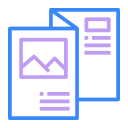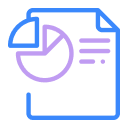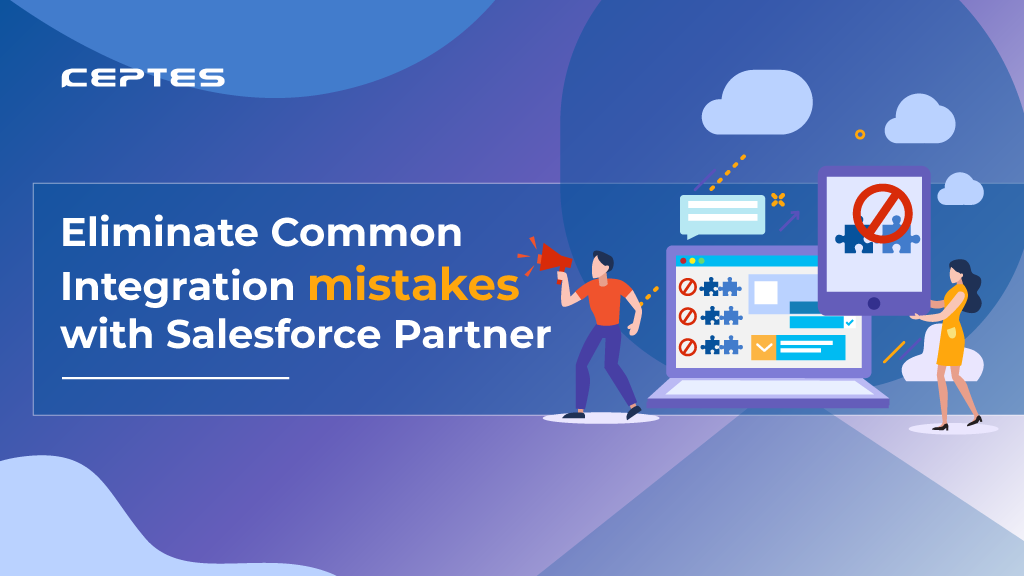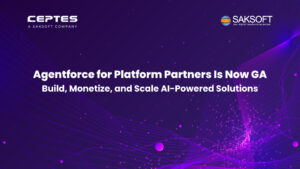Salesforce is a CRM platform commonly used by businesses to grow and improve their sales, customer service, marketing automation, analytics, and application development. Even though there are other CRMs available, Salesforce is quickly becoming the industry standard. It provides a wide range of services that enable businesses to interact with their customers in ways that go beyond the obvious.
While Salesforce is a cloud-based platform, the majority of its functionality requires integration with company systems and third-party applications. In this article, we discuss the importance of Salesforce Integration along with how hiring a Salesforce Partner can help you eliminate the most common Integration mistakes.
Importance of Salesforce Integration
If Salesforce is all that, why the need to integrate it with other programs? Well, although Salesforce is a powerful SaaS platform, it doesn’t check all of the boxes in terms of technology, which is why so many business owners combine it with other apps.
By integrating all of your third-party apps, platforms or tools into Salesforce, everyone on your team has access to a vast amount of data saving loads of their time and energy. The integration allows for a seamless data flow between the two platforms- ensuring maximum productivity and efficiency.
It ensures that the same information is available across all applications and saves valuable man-hours by removing the need for human intervention in copying and pasting data. This drastically lowers manual mistakes and boosts company productivity immediately. Employees can focus on customers’ requirements and other strategic roles with the time saved.
A few of the many benefits of Salesforce Integration are:
- Increase in productivity as most of the tasks get automated with Salesforce Integration
- Increase in efficiency as automation rarely leaves any scope of error
- You save hours in the manual labor of copy and pasting information across platforms
- You can easily access data from other platforms- making it easier for you to prepare insights, reports and strategies.
- You will gain a holistic picture of your consumers’ demands and behaviour by using an integrated system containing data from numerous sources.
- Salesforce Integration will assist you in modernizing your data architecture and maximizing your customer and company data.
| Read more: TOP 5 SALESFORCE INTEGRATION TOOLS TO BOOST YOUR PRODUCTIVITY |
5 common Salesforce Integration Mistakes
Integrating third-party software and configuring them- though makes up for the maximum efficiency of Salesforce CRM, has its own set of problems owing to the scope for these common mistakes.
1. Without a clear and defined scope, you’re off to a bad start.
The undefined project scope will for sure destroy an integration project, because not knowing what has to be done by who guarantees that your integration will be harmed before it ever starts.
As a result, a company must have a clear scope and understanding of the project in which integration will be implemented. Before beginning any work, you must first determine your integration goals, data mappings, product owners, stakeholders, and maintenance plan.
Pre-planning and establishing the integration goals are required to avoid errors. You can pre-analyze your goals and decisions this way.
2. Incorrect data mapping
When two systems are integrated, so thus their data. Thus, both of their data mappings must be in the correct order to avoid data mismatches. If the data in two systems is incorrectly mapped, the entire project may fail.
You need to know that bad data can cause and has caused data type mismatches or format inconsistencies during Salesforce integration. Integrating bad data to otherwise clean data can pollute your data quality and reduce your system’s overall dependability and accuracy.
To avoid this, each field must be correctly mapped to fields in other systems. Make sure to clear up your legacy databases before moving on to Salesforce database integration.
3. Not researching enough about Connectors
Many enterprise programs make API creation simple with point-and-click connectors that do the heavy lifting for you with minimal configuration. By using the pre-built connectors offered on AppExchange, you can save time and money. While these connectors aren’t the best choice for every integration, Salesforce Integration Consultants are increasingly relying on them to meet their integration requirements.
Before going further with custom API development, businesses looking for integration support must look into AppExchange options. If existing mappings and data calls don’t answer unique business demands, like privacy concerns or other compliance constraints, you should consider a custom API.
4. API limitations are exceeded
The governor limit in Salesforce APIs restricts the amount of data that can be retrieved concurrently in a single call and per day. Salesforce specialists set a daily limit of 1,00,000 API calls to ensure that the system’s service levels and quality stay consistent. Because there is no way to avoid them, it is important to understand them and design them into the Salesforce integration solution to avoid them.
5. Using Salesforce Quality Assurance to Perform Integration in Production
It’s usually always a good idea to test a custom integration or an integration on a complex system in a nonproduction environment if you’re planning a custom integration or an integration on a complex system. If the scale of the integration or the intricacy of your custom Salesforce architecture necessitates thorough data quality assurance testing, it may be time to call your Salesforce account executive and cut a check for a full or partial sandbox.
Most people believe that testing is optional when it comes to integration, which leads to project failure. In the planning and implementation of a project, quality assurance is crucial. QA does in-depth testing and checks for any potential errors, whilst UAT ensures that the correct data is flowing in and out of the project. With these tests, you’ll make sure that any fields or backend work your new integration may demand doesn’t interfere with user performance or established reporting.
How can Salesforce Partners help?
Bottom line is- integrating Salesforce with third-party software isn’t necessarily simple. You might have to perform multiple integrations depending on the needs of your business, and despite taking all precautions and careful considerations- you might mess up.
The solution? Hiring Salesforce Partners. Hiring Salesforce Partners like CEPTES helps to avoid common mistakes that can happen otherwise while the Salesforce integration goes on. These certified Salesforce professionals assist clients in developing Salesforce implementation strategies and roadmaps- across products, industries and everything in between. With years of experience, they provide excellent expertise to accelerate and simplify your Salesforce org without any scope for errors or mistakes. A salesforce partner can help you with:
- Achieve your operational and organizational growth goals
- Providing exceptional, solutions-driven Customer Service
- Effective risk management
- Stay ahead of the competition by implementing the latest technology and tools to your Salesforce org
To Sum Up
Salesforce Integration demands active commitment and technical expertise to achieve the desired goals. To maximize Salesforce’s CRM capabilities and avoid numerous risks, companies must use strategic planning, the correct tools, and most importantly- trusted Salesforce Integration Partners.
CEPTES is a globally recognized Salesforce integration service provider with over 12 years of experience. Our experts will help you combine the most essential components of your business and ensure a flawless performance across all systems. Connect with us today.



















